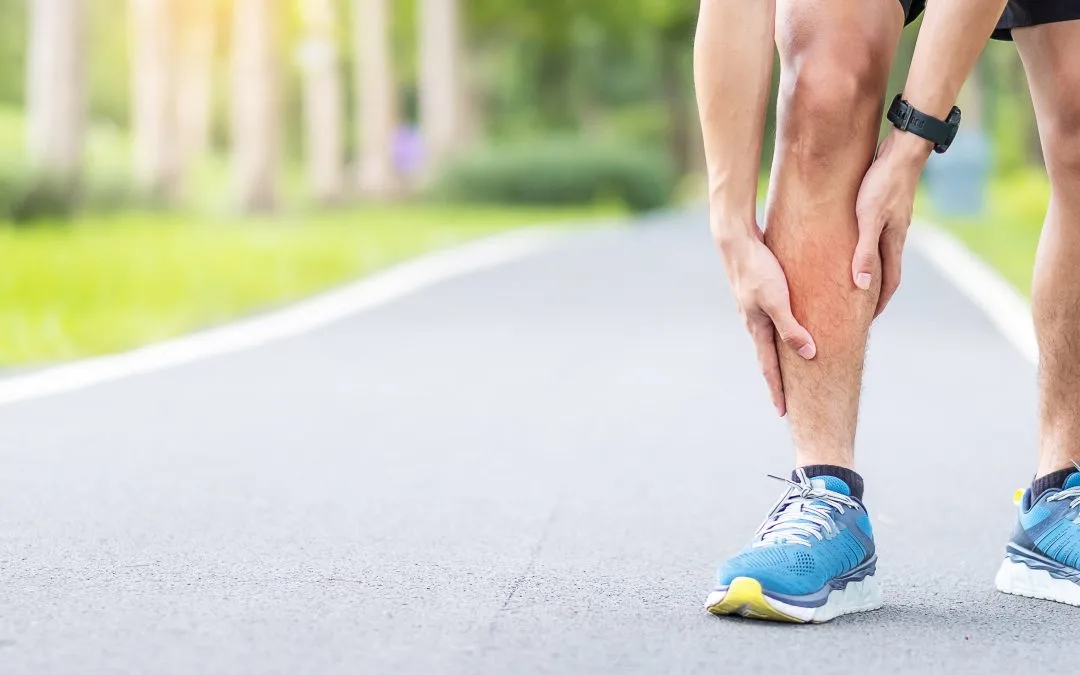
Understanding Shin Pain After Running
As the weather warms up, many of us find ourselves lacing up our running shoes and hitting the pavement with renewed enthusiasm. However, if you’ve recently experienced throbbing pain in your lower legs after a run, you might be wondering what’s going on. Could it be shin splints?
Shin splints, a common issue among runners and athletes, can put a damper on your outdoor activities. Let’s delve into what shin splints are, what triggers them, how to manage the discomfort, and most importantly, how to prevent them from interrupting your runs.
What Triggers Shin Splints?
Shin splints encompass various pains in and around the shin, the front part of the leg bone below the knee known as the tibia. Typically, they manifest as medial tibial stress syndrome (MTSS), causing pain along the lower two-thirds of the inner shin, or anterior tibial stress syndrome (ATSS), with discomfort along the front outside of the shinbone. Most often, when people mention shin splints, they’re referring to MTSS.
These painful conditions usually arise due to overworking the muscles, tendons, and bone tissue of the lower leg. They’re commonly associated with activities requiring significant exertion, such as running, hiking, gymnastics, or military training.
What Leads to Shin Splints?
Shin splints typically occur when your body isn’t adequately prepared or supported for the activity you’re engaging in. Several factors can contribute to their development, including:
- Changes in exercise routine
- Increased intensity, duration, or repetition of an activity
- Wearing ill-fitting shoes
- Activities with frequent starts and stops, like dancing or basketball
- Poor warm-up or cool-down practices
- Low bone density (more common among women)
- Lack of stretching
- Incorrect leg/foot/ankle alignment
Runners, in particular, may be susceptible to shin splints due to factors such as running on hills as a novice, inward rolling of the ankle joint upon impact, running on hard or uneven surfaces, or wearing worn-out shoes lacking shock-absorbing capacity.
Common Symptoms of Shin Splints
Shin splints often start as throbbing pain accompanied by tightness, tenderness, soreness, and mild swelling on the inner edge of the shin. Initially, you might only experience pain at the beginning of physical activity, which then diminishes as you warm up. This early discomfort signals an injury, making it crucial to address the cause promptly. Keep an eye out for:
- Swelling
- Pain in the leg muscles
- Tenderness when pressing on your shins
- Aching pain on the lower front of your shin
- Pain worsening during and after exercise, but improving with rest
How Can I Help the Pain?
- Rest: Give your legs a break and avoid activities causing pain.
- Ice: Apply ice packs several times a day to reduce inflammation.
- Pain relief: Over-the-counter anti-inflammatory medications can help ease discomfort.
- Non-weight-bearing exercise: Consider swimming or biking while recovering.
Testing Readiness to Resume Exercise
Before returning to your regular routine, assess your body’s readiness. If you can walk pain-free, perform tiptoe movements without discomfort, and complete single-leg hops without pain, you’re likely ready to gradually resume activities, ensuring proper footwear.
9 Tips to Prevent Shin Splints
- Wear well-fitting shoes with shock-absorbing insoles.
- Incorporate cross-training and strength training into your workouts, including core exercises.
- Allow adequate recovery time after exercise.
- Avoid sudden changes in shoe type.
- Gradually increase distance, intensity, or pace.
- Run on soft, level ground.
- Warm up before and cool down after exercise.
- Consider orthotics for proper foot and ankle alignment.
- Alternate between high and low-impact activities.
If you’re experiencing shin pain, reassess your activities and their intensity. Modify your routine as needed and focus on building strength and endurance. If shin splints persist, visit AFC Urgent Care Cleveland for further evaluation and guidance.